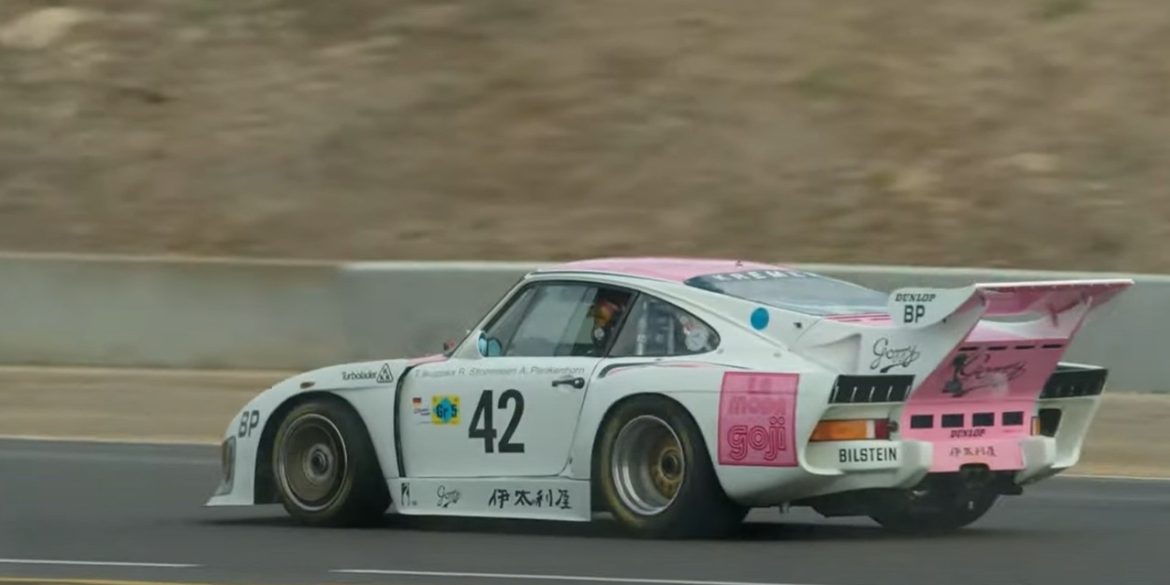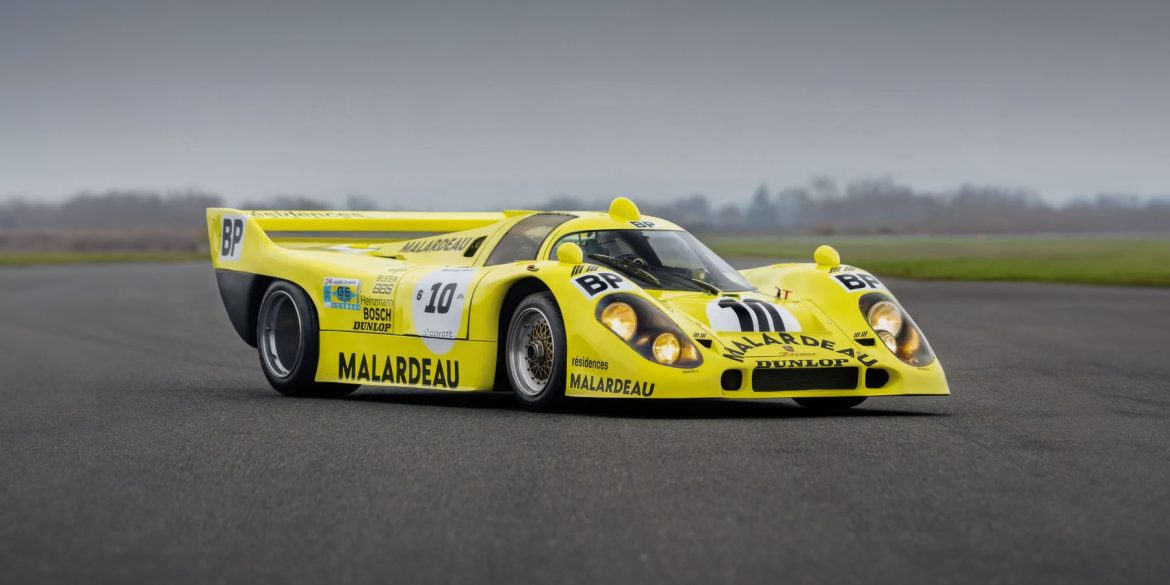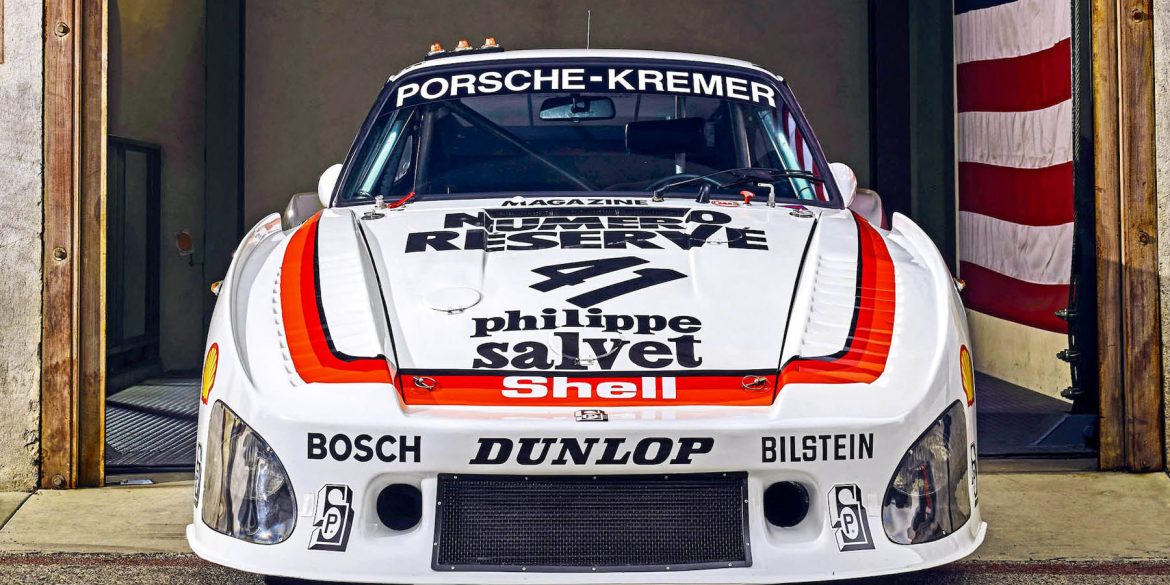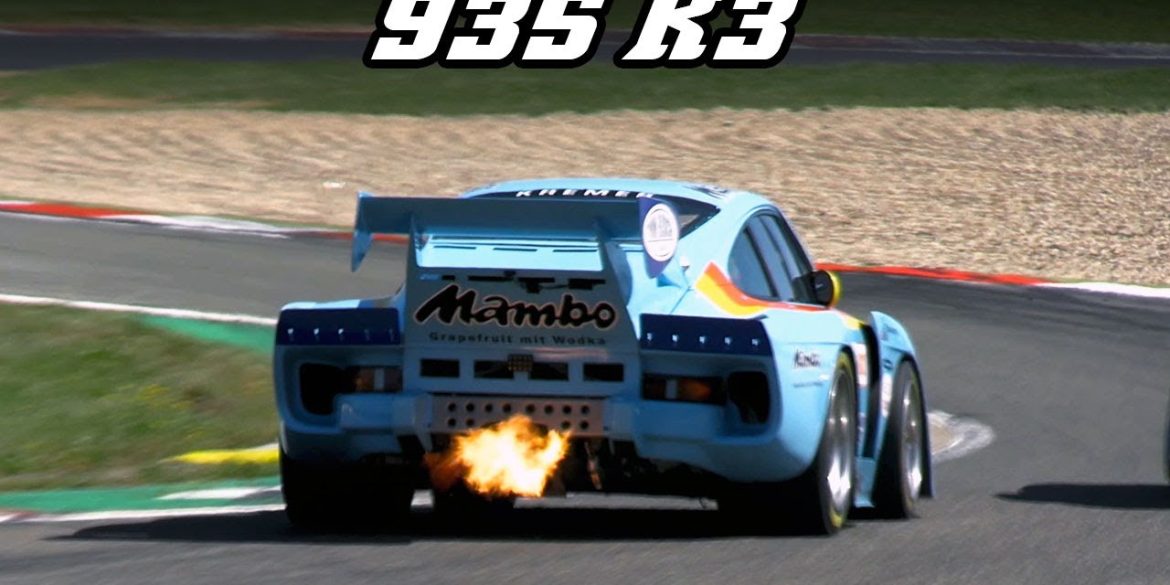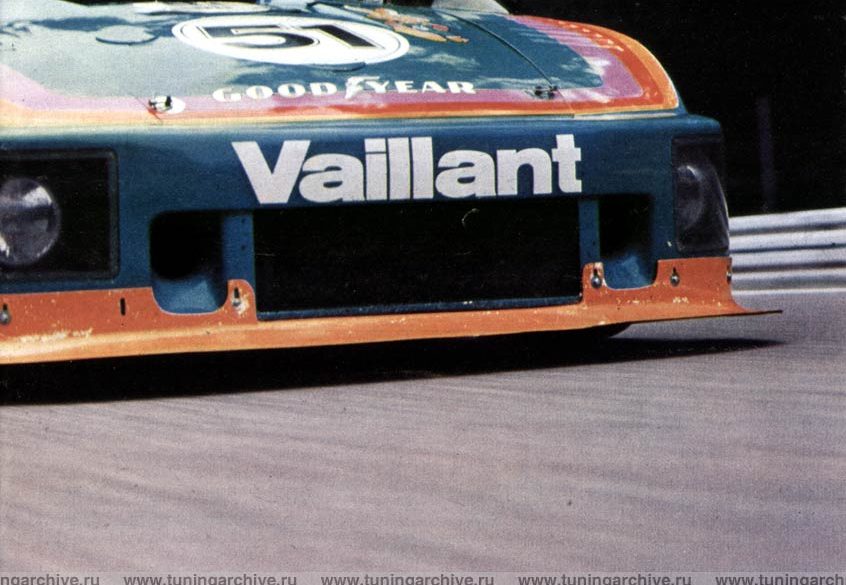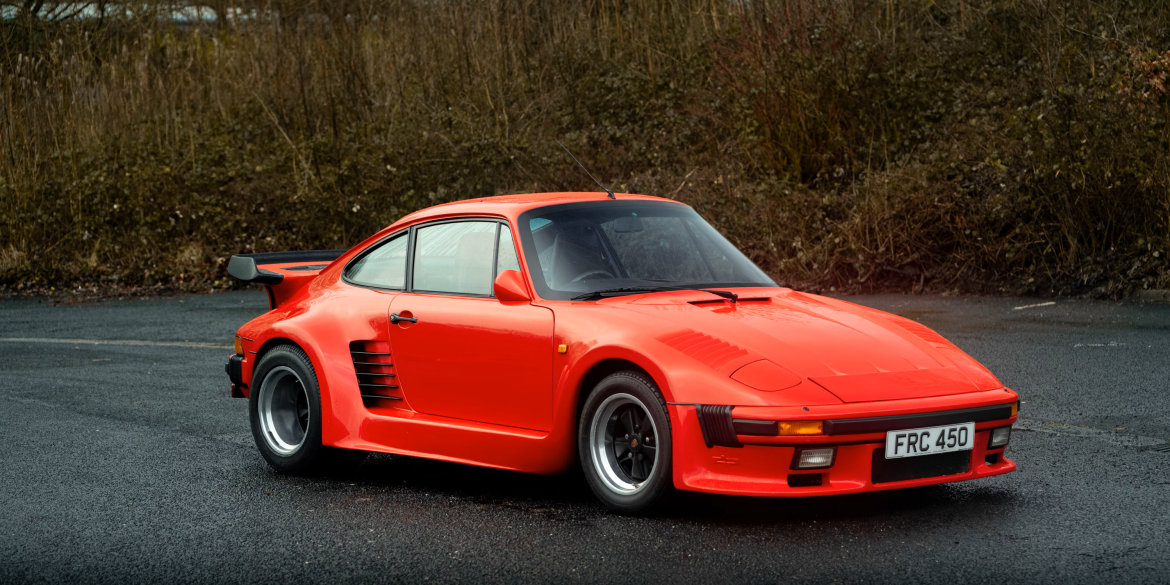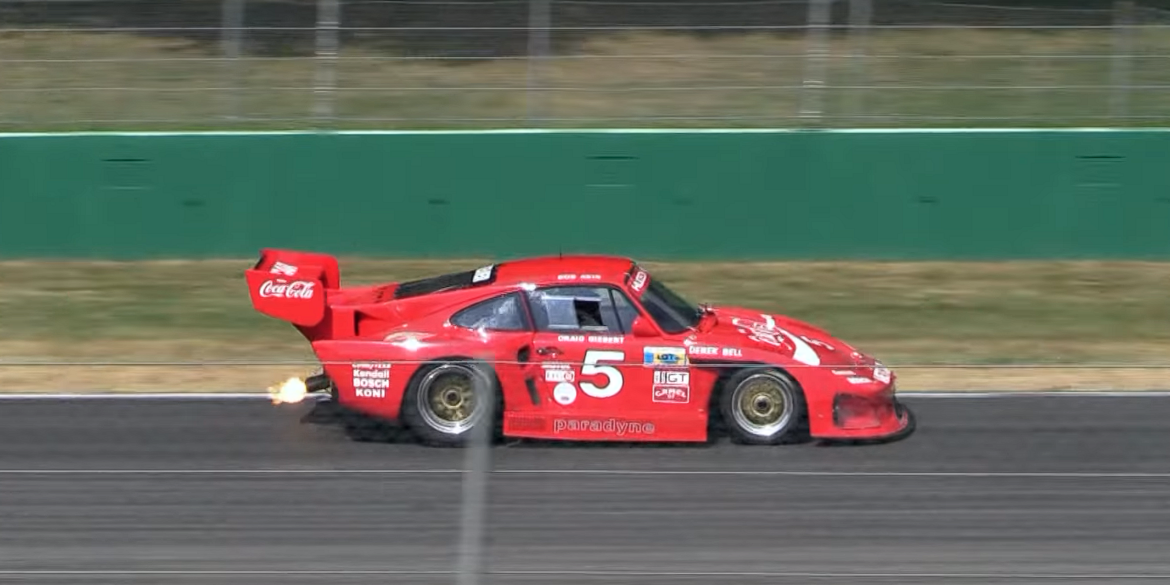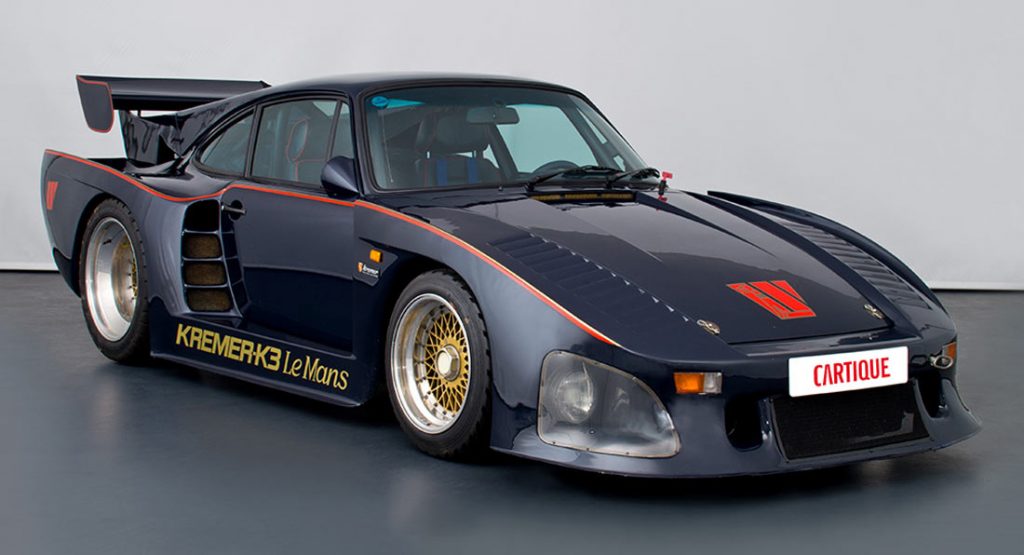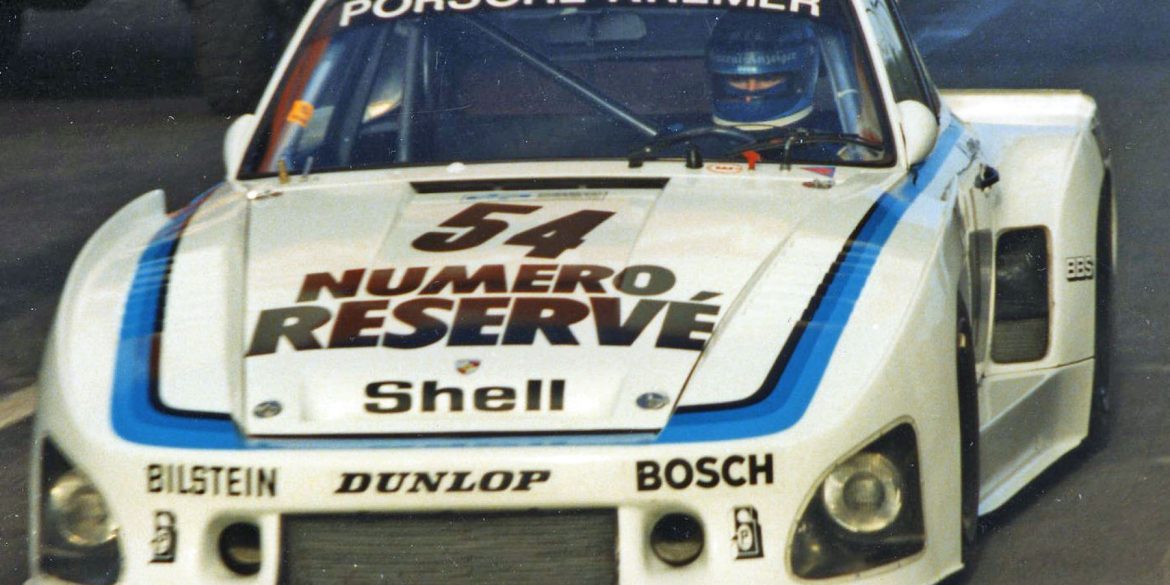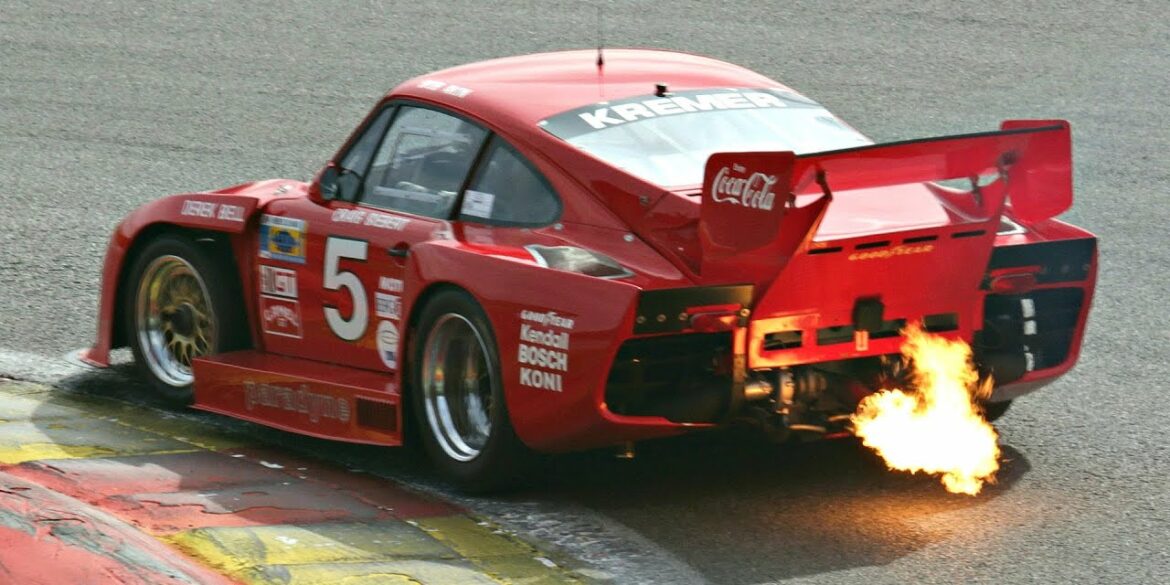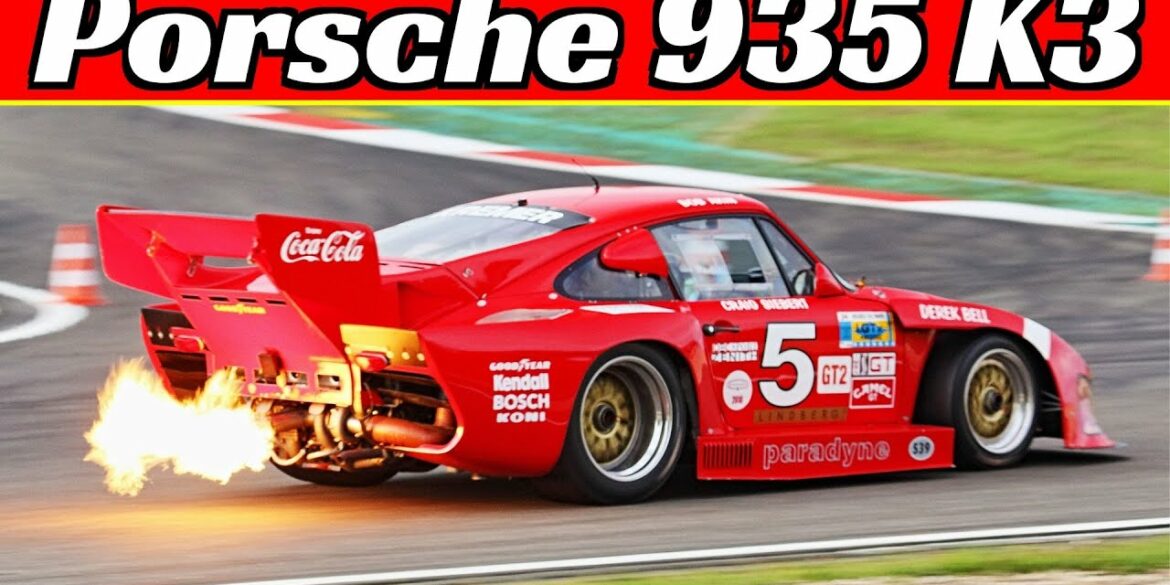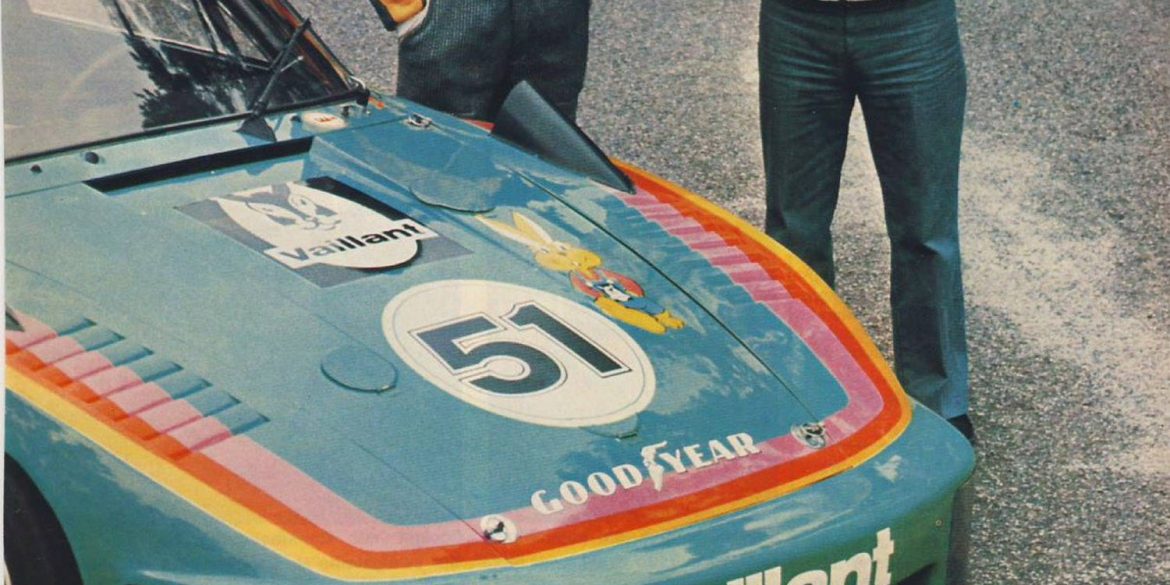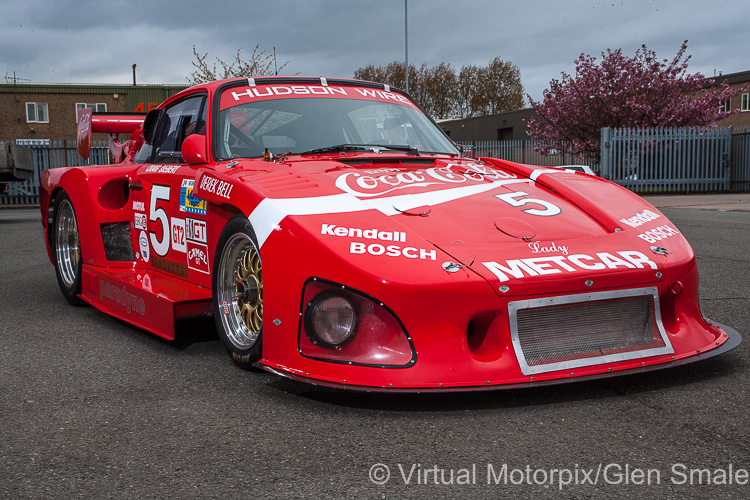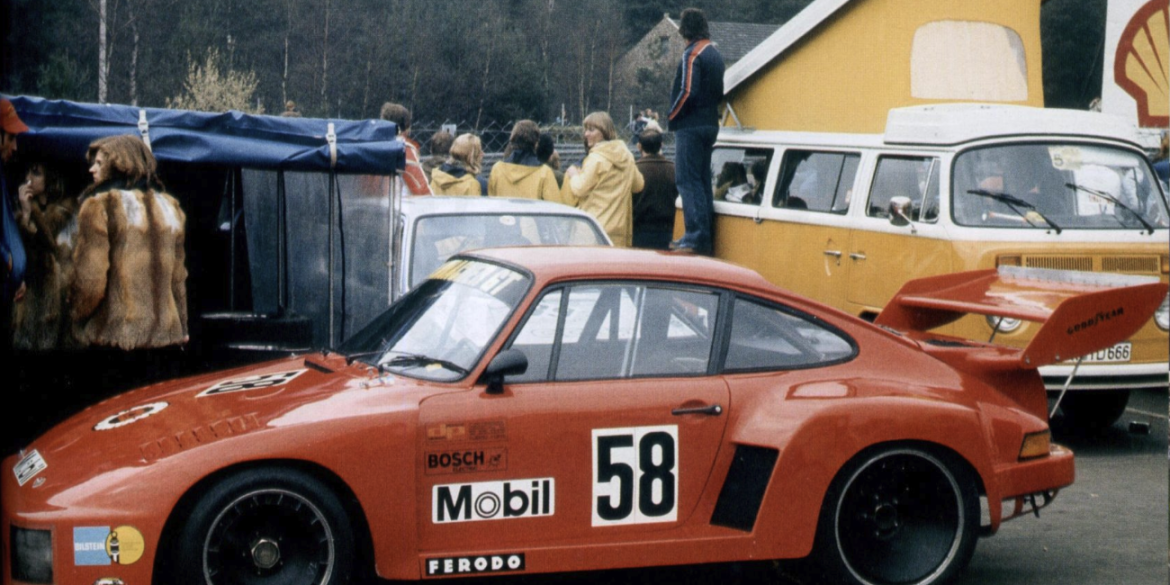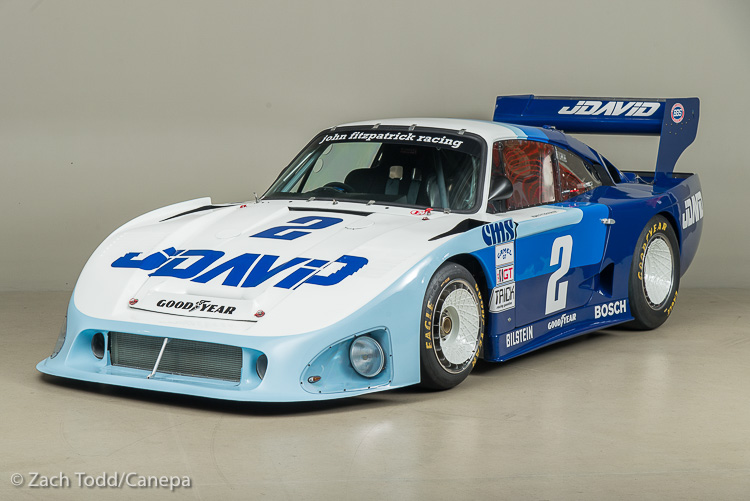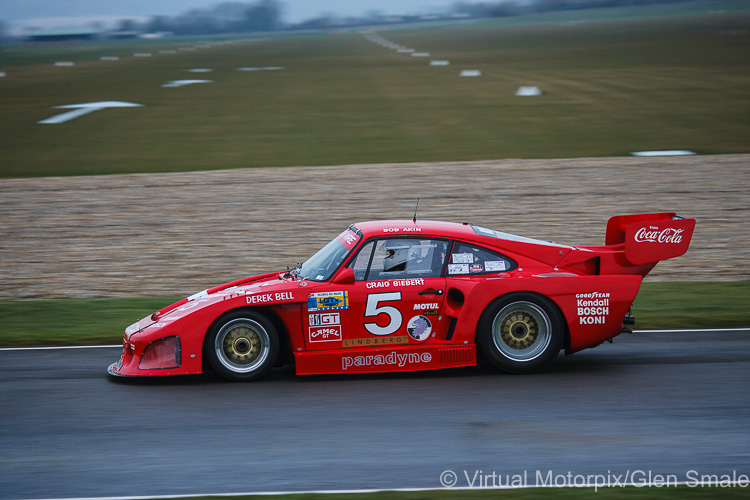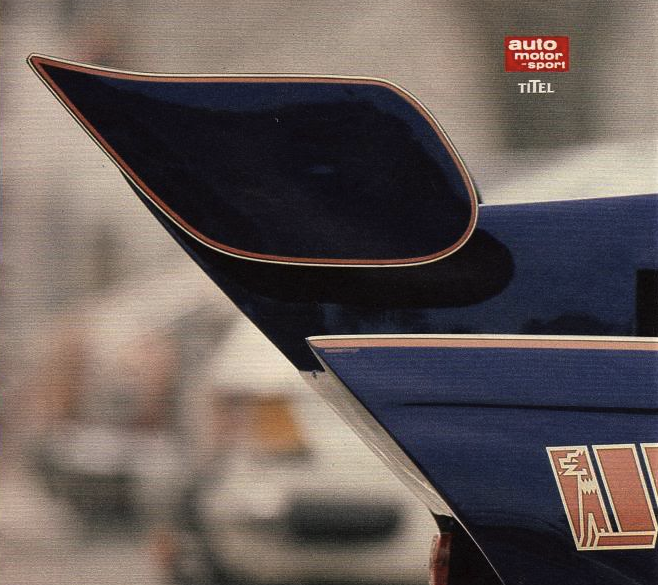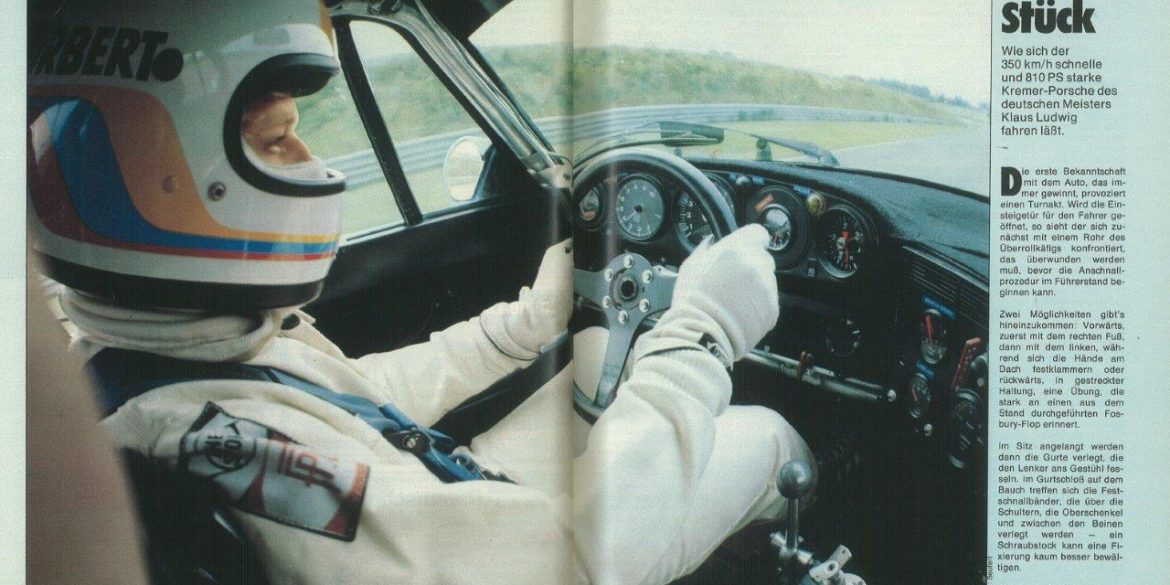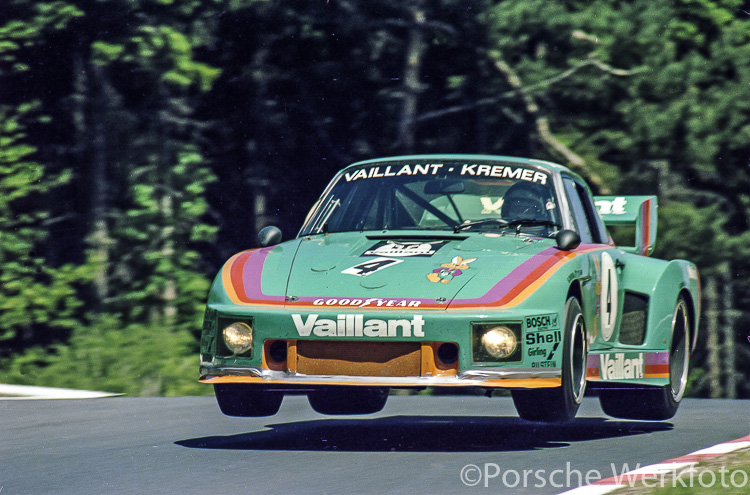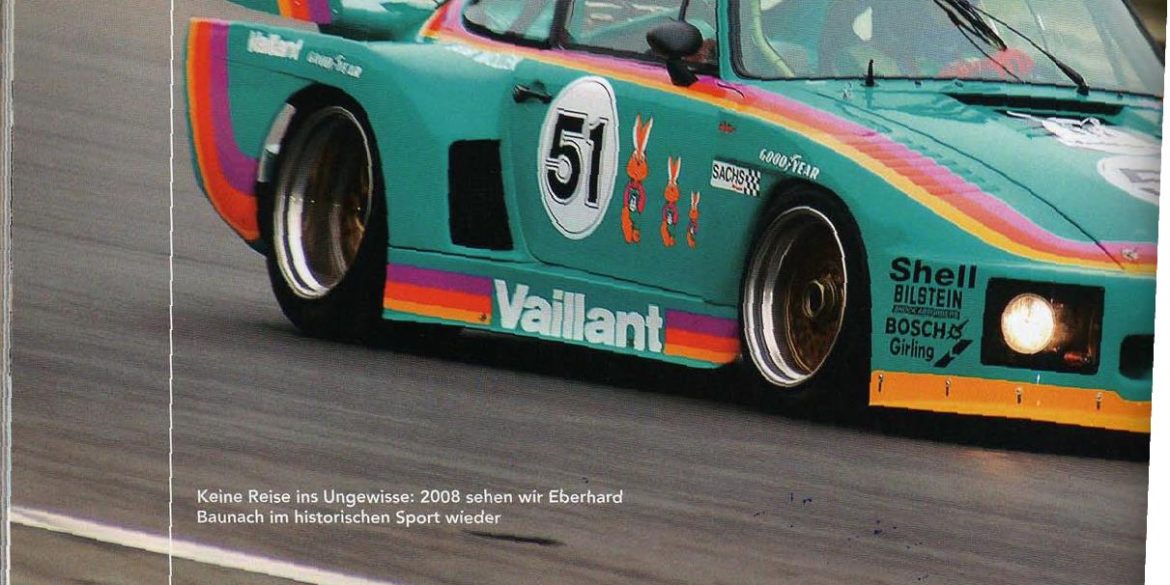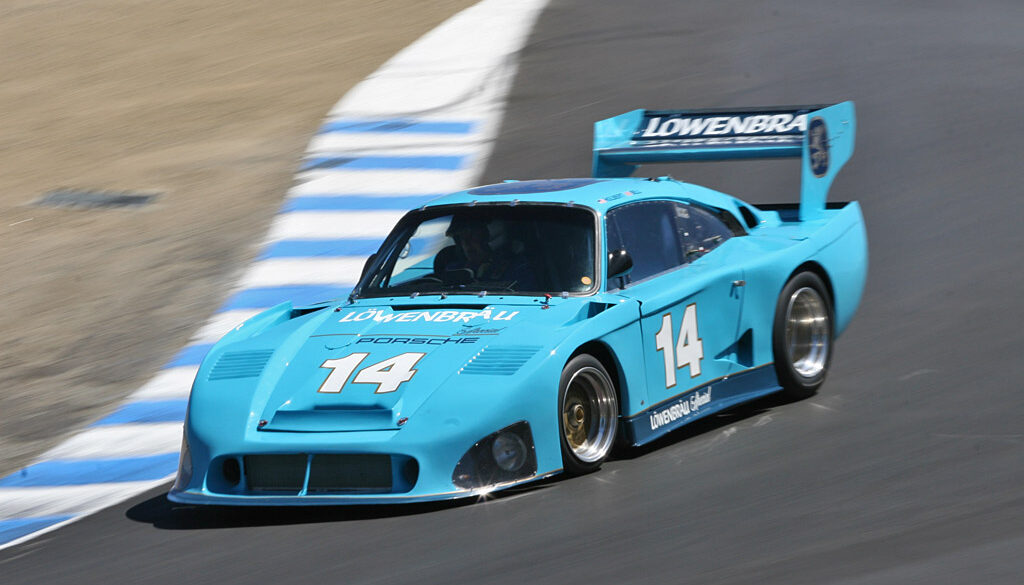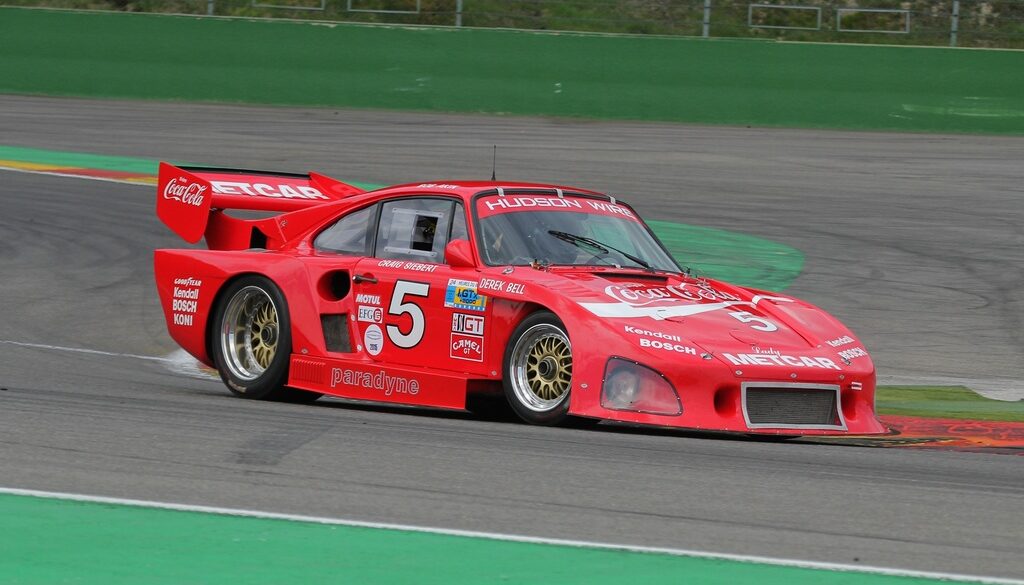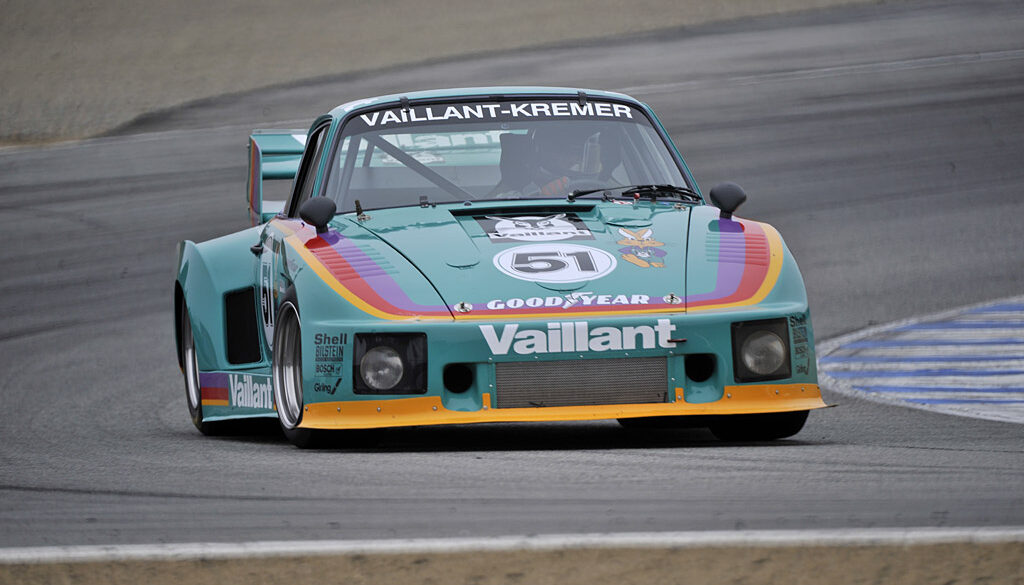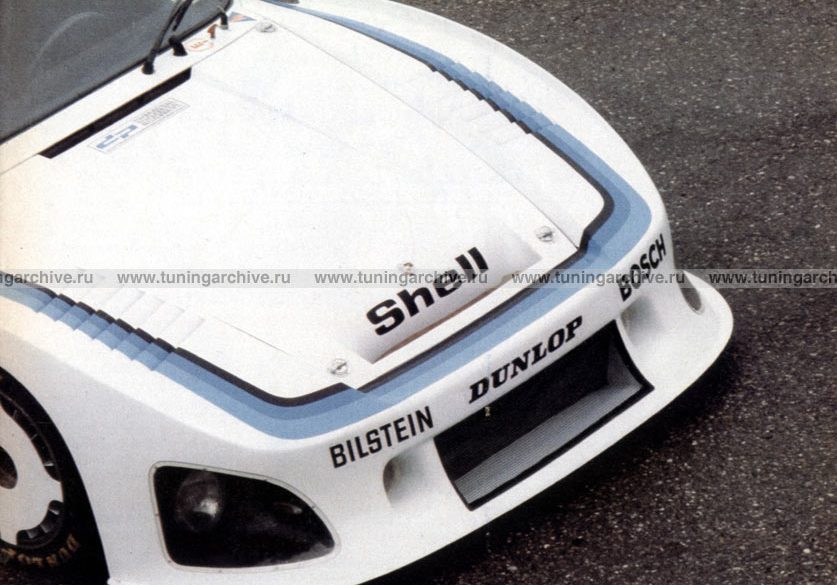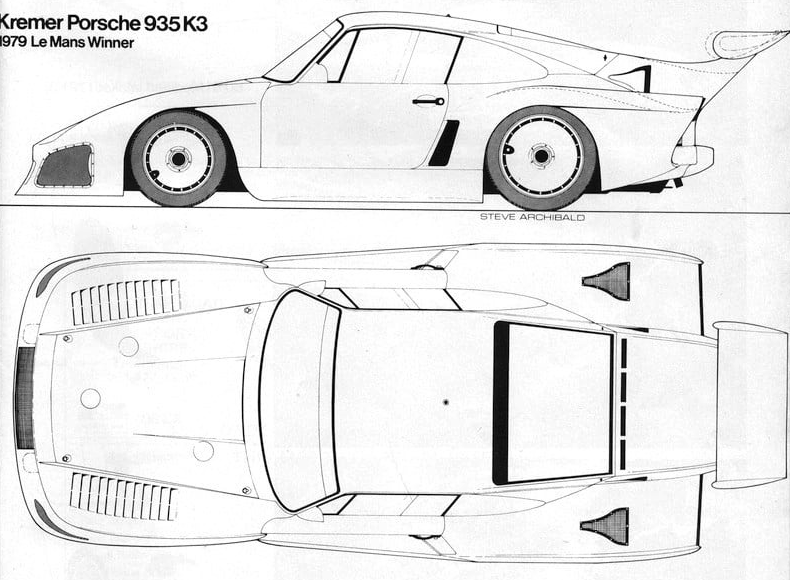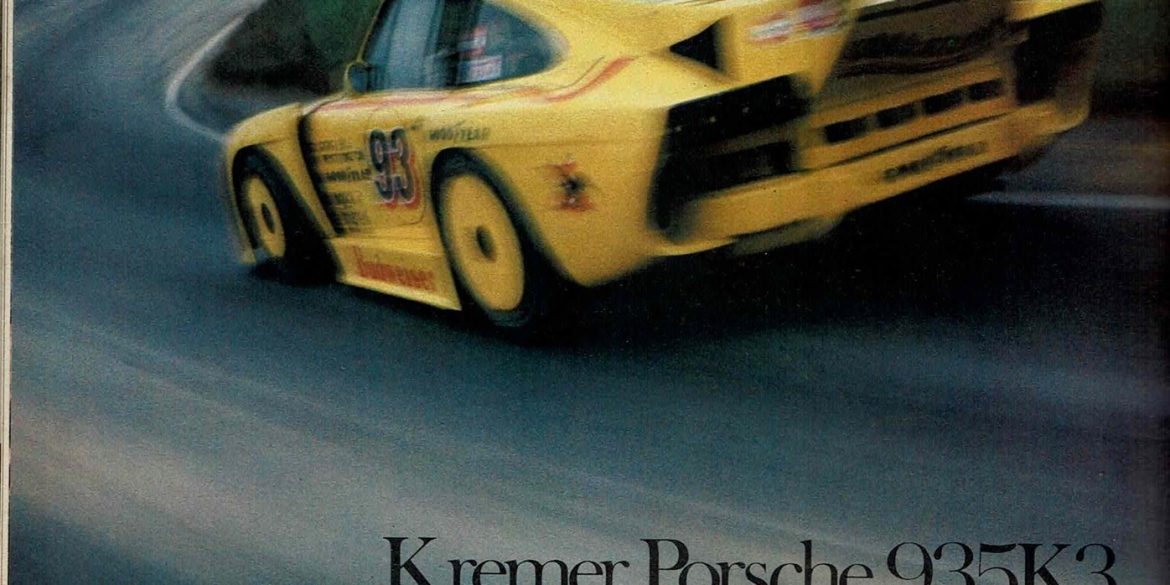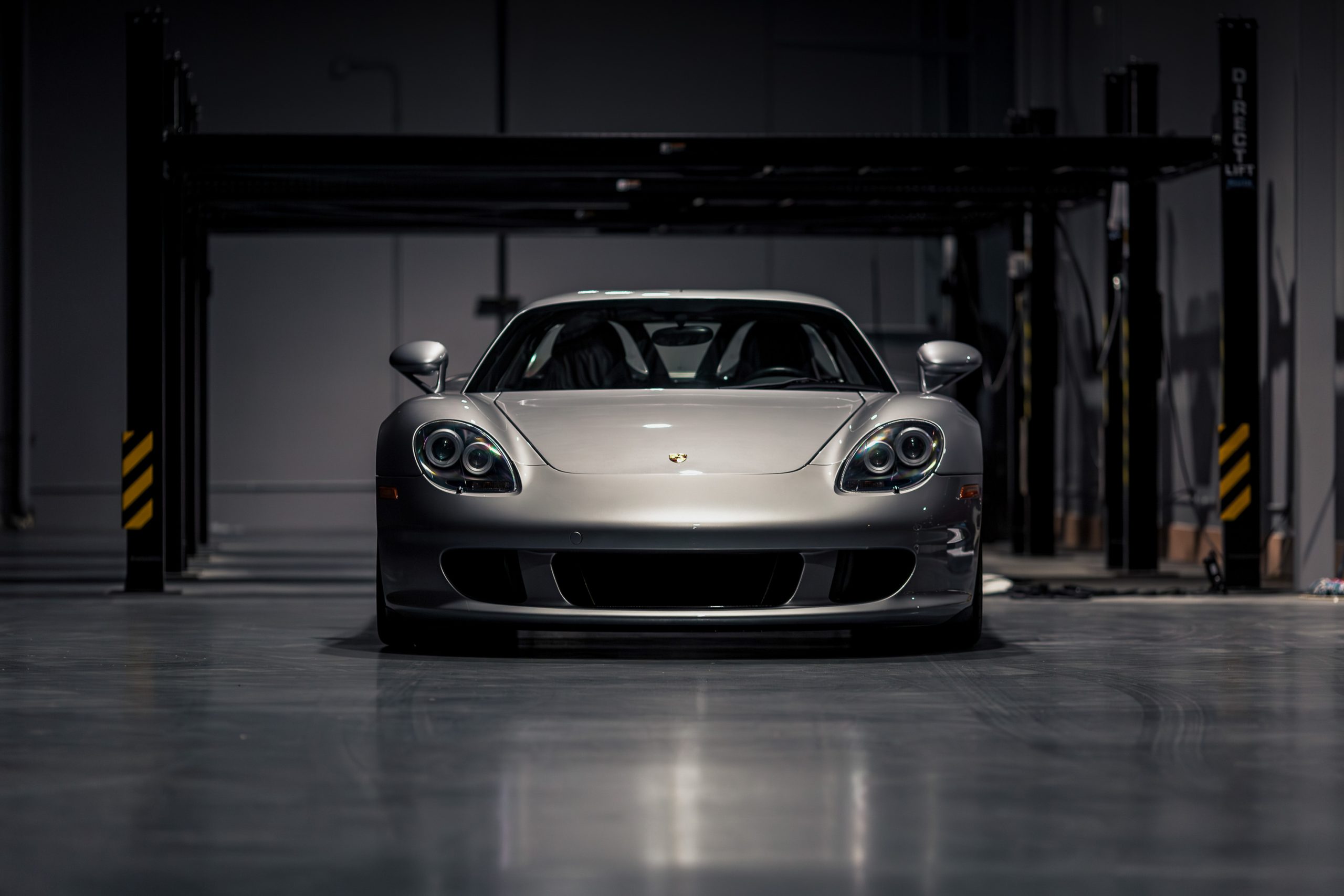In the late 1970s, while Porsche’s 935 was dominating GT racing, the Kremer brothers, Manfred and Erwin, believed they could enhance the factory cars. Operating a Porsche dealership, Erwin raced Porsches tuned by Manfred. By 1977, Manfred began extensively modifying the cars, producing the 935 K2 in 1978, which rivaled...
The undisputed King The Porsche 917, conceived in the late 1960s, emerged from Porsche’s strategic intent to conquer the World Sportscar Championship, particularly the 24 Hours of Le Mans. This ambition materialized through exploiting a loophole in the homologation requirements, allowing the creation of a vehicle with unprecedented speed and...
In a garage full of legendary vehicles, one in particular stands out: the Porsche 935. The Porsche 935 was the first rear-engine race car to win the 24 Hours of Le Mans. On the occasion of the classic car’s centennial, we visited the 1979 winning vehicle in its current owner’s...
The Porsche 935 K3 was constructed by German tuner, Kremer Racing, in accordance with Group 5 regulations. It is equipped with a flat six engine that was carried over from the factory built 935s, although in later years a slightly larger 3.2 litre engine was also offered. Depending on the...
DP Motorsport is a German tuning company that came to prominence in the late 1970’s when they partnered with the Kremer brothers racing team. They started out as a supplier and manufacturer of various body parts such as rear wings, fenders, etc. The relationship between DP Motorsport and the racing...
In 1977 Kremer sufficiently improved the 935 to begin series production of their own version. It was the third Kremer built on Porsche’s successful platform and many 935/934s were updated to reflect ideas from the brothers in Cologne. The K3 version of their 935 was a great success and won...
A few years ago, an unlikely vehicle listing appeared online by Cartique – a luxury car dealer from Germany. The listing in question is for a 1979 Porsche 935 Kremer K3. Today, we are sharing it with you all as our car of the day. Porsche revived the iconic 935...
Development of the 1979 Kremer-Porsche K3 Kremer Racing, headed up by the two brothers Erwin and Manfred, from Cologne, Germany, had been heavily involved in racing 911s since 1965 for their customers. They used various factory racing 911s, such as ST, and RSRs as a starting point and they started...
Porsche 935 K3Turbo At Nürburgring In 1979 a 935 K3 was the overall winner of the 24h of Le Mans. A “normal” 935 came second and a 935 K2 came third overall. So it was an impressive car even back then. What are the differences between a K3 and a...
Porsche 935 Turbo Kremer Video I recently had the opportunity to film the mighty 1979 Porsche 935 Turbo Kremer K3 at Monza circuit. This beast is powered by a fire-breathing 3.2 litre twin turbo flat-six engine which can deliver up to 800hp. Video shows first the car starting and warming...
Porsche 935 k3 Kremer Turbo On Track ...
Kremer Porsche 935 K3/80 (chassis #0013) In the mid-70s, Porsche developed the 935 model, a race car homologated on the 930 road car and aimed at the Group 5 ‘silhouette’ series created by the FIA for the 1976 season. As the records will show, the 935 was a formidable race...
1981 Porsche Kremer 935 K4 – chassis #K4-01 In the mid-1970s, Porsche developed the 911 for racing, and in the process, it created the all-conquering 935. In 1978, Norbert Singer was responsible for building the ultimate factory 935, the Moby Dick 935/78, and although this race car had a very...
It has been one year short of four decades since this 1980 Porsche 935 K3 was fabricated by Kremer Racing in Germany. Today this race car is every bit the race car it was intended to be back in the day – fearsome, awesome and very capable. It is powered...
Le Mans 24 Hours, 9/10 June 1979: Its a tense time as the lead car, the #41 Numero Reserve Kremer Porsche 935 K3 driven by brothers Bill and Don Whittington, and Klaus Ludwig calls into the pits. Winning the Le Mans 24 Hour was without doubt the highlight of the...
Using factory 935/78 ‘Moby Dick’ plans, Kremer built their own version. In doing so they modified the body to their own design to include more downforce. Only two cars were built in K4 specification. Bob Wollek drove the first car to win the Porsche Cup in 1981. Later this car was sold to John Fitzpatrick Racing and driven by John Fitzpatrick and David Hobbs to many successes in the IMSA series.
In 1977 Kremer sufficiently improved the 935 to begin series production of their own version. It was the third Kremer built on Porsche's successful platform and many 935/934s were updated to reflect ideas from the brothers in Cologne. The K3 version of their 935 was a great success and won the 1979 24 Hours of Le Mans, 1980 Sebring 12 Hours outright.
Upon seeing the factory 935s and what was possible using the 930 platform, the Kremer bothers from Cologne built up their own version. Their first car contested the World Championship of Makes in 1976 and in the following year, an updated version known as the K2 was further modified. Compared to the Porsche 935, the Kremer version was much more slab sided and featured fences along the top of the rear fender to direct air to the rear wing.


